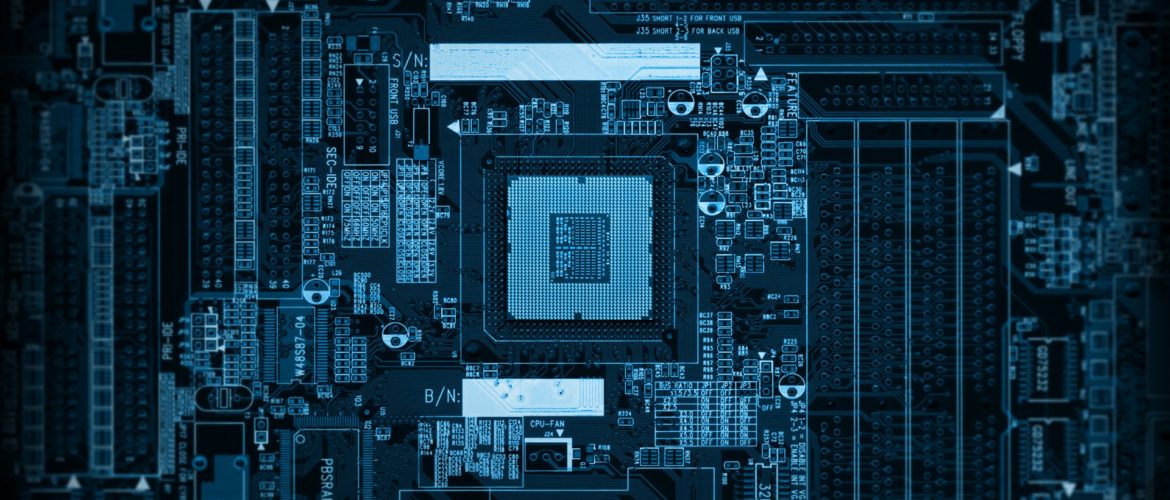
Digital Services Redefined for the Industrial Internet
In the 1920s, method acting was adapted by Lee Strasberg to deliver lifelike performances based on domain experience with the character. Until this revolutionary approach, actors were trained to work within a ‘system’ – where an actor searches for inner motives to justify action and the definition of what the character seeks to achieve at any given moment. Strasberg’s Method influenced both writing through the eyes of other people and seeing through the eyes of other people; trying to address different ideas in a way that would go well beyond preaching to the choir.
Advanced Solutions Require Training
In the age of the Industrial Internet, similar concepts are employed as IT and OT systems supply food for thought and capabilities like machine learning enables “actors” (system operators) to address their business in new and unconventional ways. Industrial Internet of Things (IIoT) platforms provide incredible potential to integrate and analyze data from across an enterprise. However, to be truly effective these advanced solutions need training to see data through the eyes of the operator. This is where specialists with new domain-specific methods will delight their audience.
With traditional IT services, delivery teams follow implementation methodologies that vary greatly by name, but little by way of process. Software is installed, functions are configured, data is loaded, and users are trained. This tried and true approach works well for delivering transactional software for specific functions like finance or sales. But crossing siloes to leverage data from other systems was a guaranteed way to add complexity and risk to any project.
When it comes to IIoT, legacy systems become cogs in a wheel. Siloed applications provide data into an index of relevant information at a massive scale. For example, in the energy sector a single utility integrates data from over 20 different systems just to enable advanced metering. In terms of scale, that’s easily 1.5 billion data elements per day – simply to digitally convert meter data to cash. Leveraging the same data for operations can unlock incredible amounts of additional insights. However, the complex correlations to enable network operators rather than customer care specialists is an entirely different paradigm. The potential benefits quickly become obvious with IIoT, but the methods can be daunting.
IIoT Platforms are Solving the Data Challenge
Dealing with information at scale doesn’t necessarily require a new approach. This is where new IIoT platforms almost magically solve the data integration challenge by leveraging machine learning and artificial intelligence. However, these ‘expert systems’ need to be trained; and this is where new methods are deployed.
Train the Platform to Enable Data Experts
In a previous article, I described the role of the ‘Data Integrator’ – a new skill set that has emerged in the age of digital transformation. Modern delivery teams will orchestrate these data integrators with data scientists and system specialists and provide a domain-specific framework to implement – and train – the platform. With this new approach, data is mapped, models are deployed, visualizations are configured, and users are enabled to become data experts – in other words ‘citizen data scientists.’
When asked to describe his Method Lee Strasberg said, “Work for the actor lies in two areas: the ability to consistently create reality and the ability to express that reality.” In the age of the Industrial Internet, the role for digital services is very similar; business is reality and the role of the team is to express that reality by providing a much greater view into their domain.
